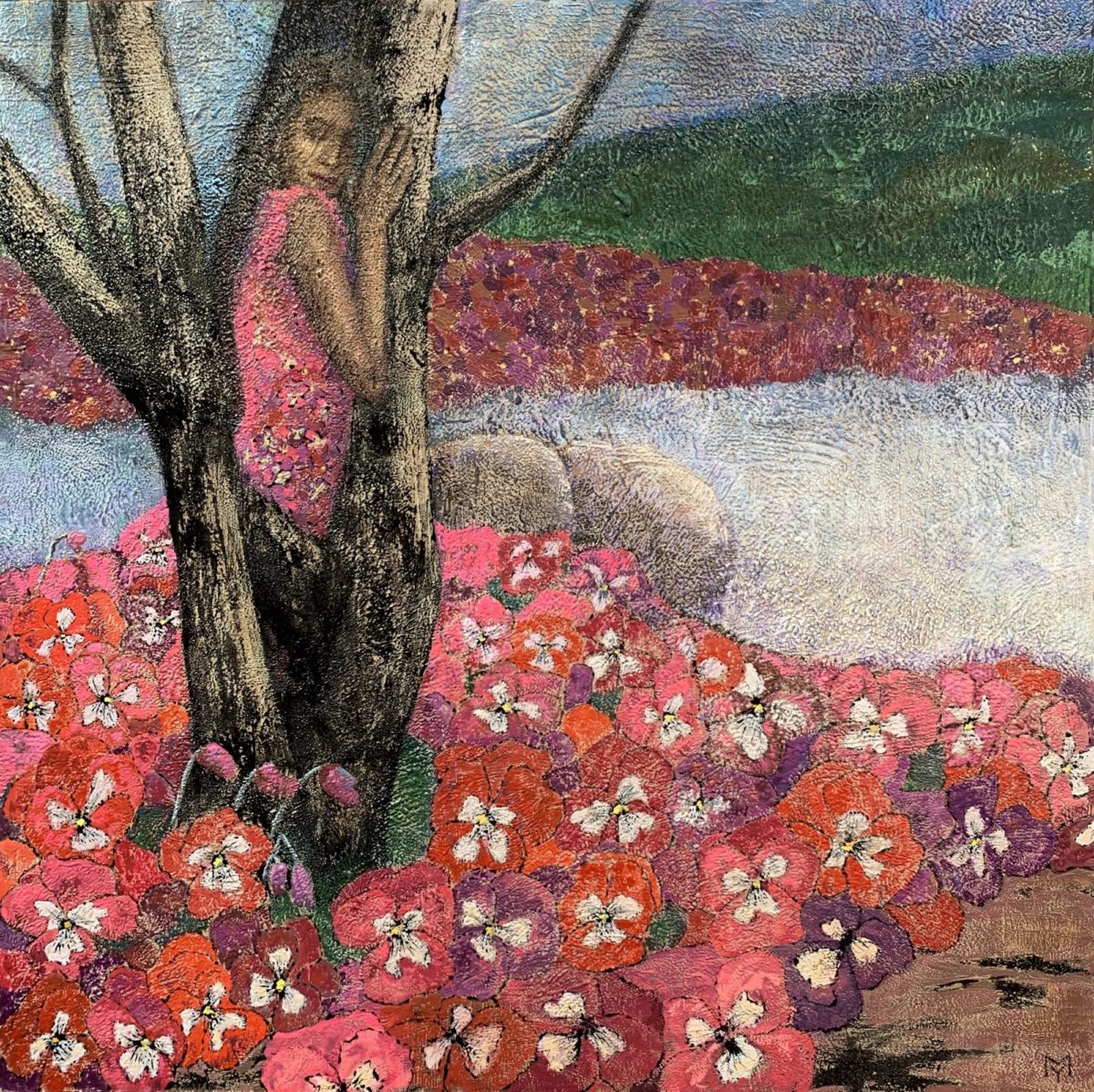Description
The Greeks called this flower the flower of Zeus. Once the Thunderbolt bored and decided to go down to the ground. Proud, impregnable Io, the daughter of King Inoch, could not resist the charms of the Thunderbolt. But jealous Hera soon found out about this connection, and Zeus, in order to save poor Io from the wrath of his wife, was forced to turn her into a snow-white cow. No one recognized her. only her father used her as a beautiful animal, but also did not recognize her. And once, when her father fed her, she began to draw letters on the sand with her feet. He began to look at the sand and learned the unfortunate fate of his beautiful daughter, whom he considered dead. To mitigate the terrible fate of Io, the land, on the orders of Zeus, grew our flower, which was called the flower of Zeus by the Greeks and symbolically depicted reddening and pale girl shame. Once, when the sun god Apollo pursued one of the beautiful daughters of Atlas with his burning rays, the poor girl turned to Zeus with a plea to shelter and protect her. And the great thunderbolt, heeding her pleas, turned her into a wonderful violet and hid her in the shadow of her kusha, where since then she has bloomed every spring and filled the heavenly forests with her fragrance. Proserpine, the daughter of Zeus and Ceres, going to the forest for flowers, was abducted by Pluto, who suddenly appeared just at the time when she was tearing violets. In fright, she dropped flowers from her hands to the ground. Thus, associated with the memory of the abduction of Prozerpine by Pluto, the violet was considered by the Greeks to be the flower of Prozerpine, as the message she gave each spring to her mother Ceres, she served as the Greeks and the emblem of nature coming to life every spring. The Greeks in ancient times loved to adorn themselves with violets, their dwelling and statues of their gods. Violet was the favorite flower of the ancient Greeks.

